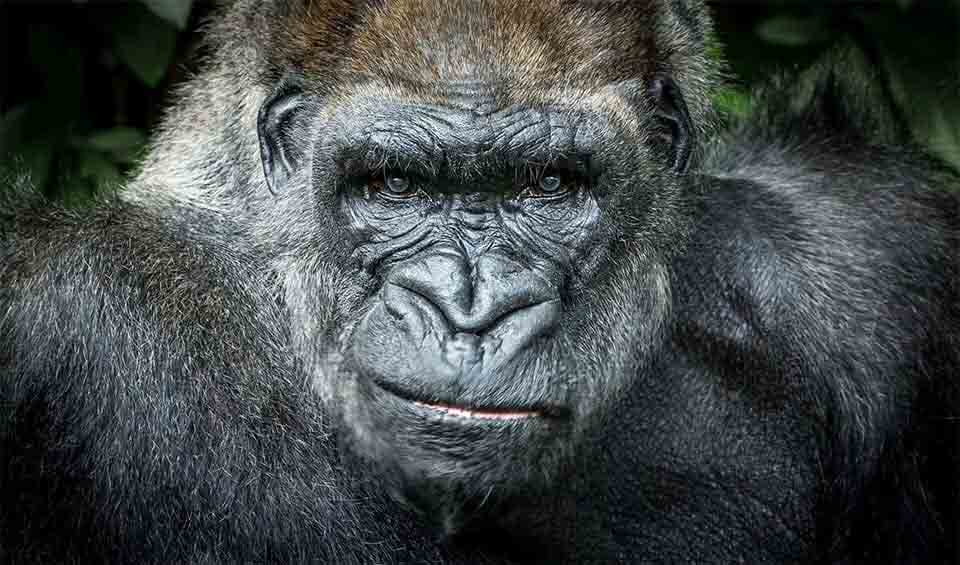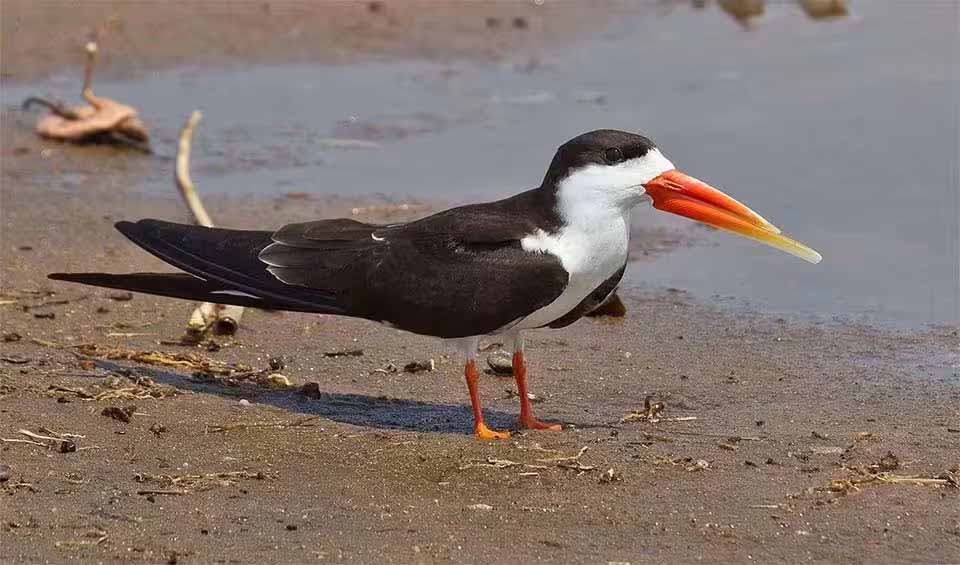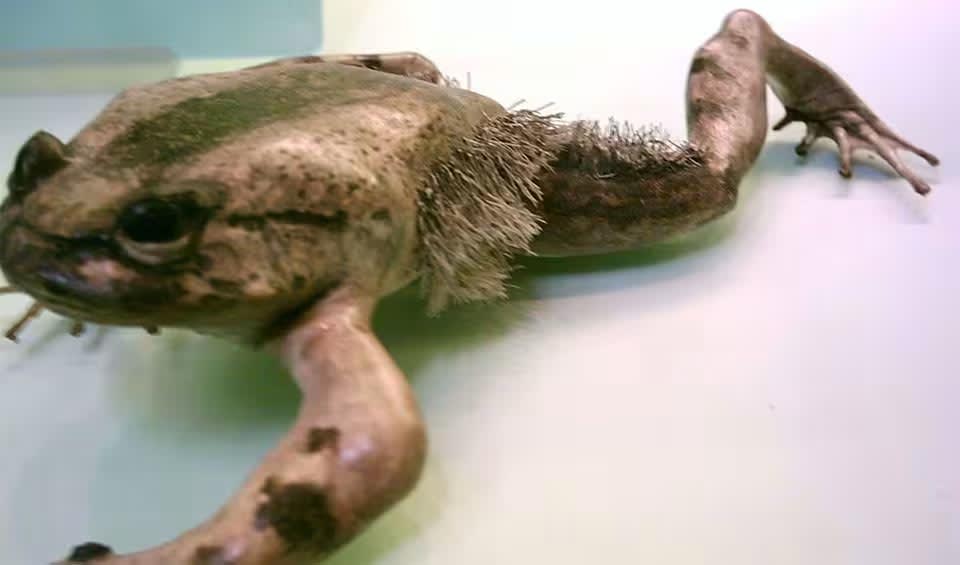Equatorial Guinea, located on the west coast of Central Africa, is one of the smallest countries in Africa but rich in biodiversity and cultural diversity. It comprises a mainland region, Río Muni, and several islands, including Bioko, where the capital, Malabo, is located, and Annobón, a small island in the Atlantic Ocean.
The country’s geography is diverse, featuring volcanic landscapes, rainforests, and coastal mangroves. Bioko Island, originally a volcanic island, is home to the country’s highest peak, Pico Basile. The mainland region of Río Muni is characterized by coastal plains, which rise to hills and mountains inland. Equatorial Guinea’s climate is tropical, with high humidity and significant rainfall throughout the year, especially in the coastal regions, which support lush vegetation and diverse ecosystems.
Four pillars elaborated:
Equatorial Guinea boasts an extensive array of protected areas, comprising national parks, scientific reserves, natural monuments, and nature reserves. These designated zones play a crucial role in preserving the nation’s abundant biodiversity while also offering invaluable opportunities for research, education, and recreational activities. Demonstrating its dedication to conservation, Equatorial Guinea actively participates in international agreements such as the Convention on Biological Diversity and the Ramsar Convention, underscoring its commitment to safeguarding its natural heritage for future generations. Land Management
Land Management
These protected areas span diverse landscapes, ranging from the volcanic peaks of Bioko Island to the verdant rainforests of Monte Alen National Park and the coastal mangroves of Río Muni. Serving as habitats for a plethora of species, including gorillas, chimpanzees, elephants, and various avian species, these areas play a pivotal role in the preservation of Equatorial Guinea’s unique and irreplaceable biodiversity.
The primary threats to biodiversity stem from various sources, notably overhunting, with a significant focus on the bushmeat trade, particularly prevalent on Bioko Island. Additionally, there is a concerning decline in forest cover, exacerbated by forest operations that inadvertently facilitate access to resources for poachers. Furthermore, challenges persist in effectively controlling, monitoring, and evaluating fisheries activities, posing further risks to marine biodiversity. These pressures collectively underscore the urgent need for comprehensive strategies and enhanced enforcement mechanisms to mitigate the adverse impacts on ecosystems and species viability. Threats to Biodiversity
Threats to Biodiversity
Equatorial Guinea has taken steps to promote sustainable development and biodiversity conservation. In 2013, the country revised and updated the Law on the Sustainable Use and Management of Forests. Biodiversity has been incorporated into the development strategies of various ministries, including Agriculture and Forests, Fisheries and Environment, Mines, Industry and Energy, and Information, Press, and Radio. Capacity and Governance
Capacity and Governance
Equatorial Guinea has also adopted a National Action Plan on Coastal and Marine Ecosystems under the Guinea Current Large Marine Ecosystem project, covering 16 countries in the project region. However, the country faces challenges in enforcing Environmental Impact Assessment processes due to a shortage of financial and human capacity. Nonetheless, the government is making efforts to strengthen capacity in this regard and support NGOs in raising awareness among oil companies on sustainability issues.
Equatorial Guinea has implemented a range of strategies and policies to promote the sustainable stewardship of its natural resources, notably exemplified by the National Biodiversity Strategy and Action Plan (NBSAP). Endeavoring to fulfill Aichi Biodiversity Target 11, which strives to preserve a minimum of 17% of terrestrial and inland water areas and 10% of coastal and marine regions by 2020, the nation has made strides in expanding its network of protected areas. However, despite progress in this regard, challenges persist in effectively administering these protected zones and ensuring their enduring viability for future generations. Future Trends
Future Trends
Biodiversity
The nation harbors numerous endangered species, including the western lowland gorilla, central chimpanzee, and African forest elephant, prompting ongoing conservation endeavors aimed at safeguarding both these animals and their habitats. Notably, Equatorial Guinea boasts a remarkable diversity of primates, with at least 23 species inhabiting its relatively small land area, yet many of these primate populations face imminent threats of extinction. The country’s marine ecosystem holds particular importance, serving as a vital habitat for oyster beds renowned for producing high-quality pearls, which hold both historical and economic significance.Moreover, Equatorial Guinea stands out as a global stronghold for dugongs (sea cows), with one of the largest populations residing in its coastal waters, underscoring the critical importance of preserving its marine environments. Adding to its avian richness, the Socotra Cormorant, a seabird species, finds sanctuary in the nation, contributing to its impressive avifauna diversity.
In the table below are the number of known species in several main groups, how many of these species are Threatened with extinction, and how many of them are Endemic (unique to Equatorial Guinea only):
| Species (World rank) |
Threatened | % Threatened | Endemic | % Endemic | |
|---|---|---|---|---|---|
| Mammals | 187 (#64) | 23 | 12.3% | 3 | 1.6% |
| Birds | 434 (#81) | 4 | 0.9% | 4 | 0.9% |
| Reptiles | 117 (#82) | 8 | 6.8% | 8 | 6.8% |
| Amphibians | 51 (#58) | 4 | 7.8% | 2 | 3.9% |
| Fishes | 573 (#103) | 65 | 11.3% | 10 | 1.7% |
| Plants | 3,250 (#111) | 98 | 3.0% | 66 | 2.0% |
mammals
Western gorilla
Most diverse species of a gorilla; inhabits midwest Africa
Hippopotamus
1.6 ton (1.5 tonne) + 48 km/h (30 mph) = what do you think?
Drill
The vivid coloration of their bottom is a result of blood vessels located there
birds
Lappet-faced vulture
The African giant vulture has a wingspan up to 2.80 m (9 ft) wide
Peregrine falcon
At the speed of over 321 km/h (200 mph), this bird outraces a Formula1 car
African skimmer
Global Warming got nothing on this bird
reptiles
Nile crocodile
One of the most iconic animals of Africa and the second largest reptile on earth
Leatherback sea turtle
The mysterious diver of the ocean is the largest and only sea turtle without a hard shell and scales
Common agama
Known for their vibrant colors, which can change rapidly in response to their environment, mood, or social interactions
amphibians
Cane toad
When a big one meets a smaller one, it’s lunch!
Goliath frog
A frog that is so big that it makes its own ponds using heavy rocks
Hairy frog
The predominantly terrestrial hairy frog lives in subtropical and tropical forests & rivers of West Africa
National Animals
Northern giraffe
Most endangered giraffe species is witnessing silent extinction

















